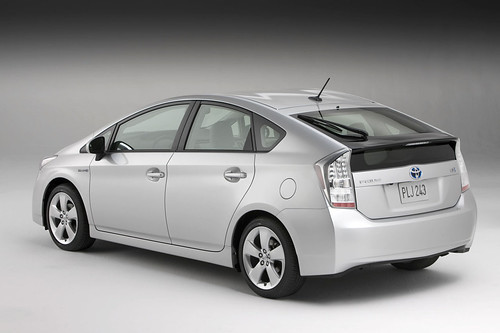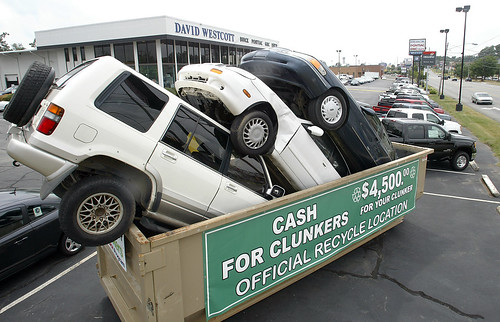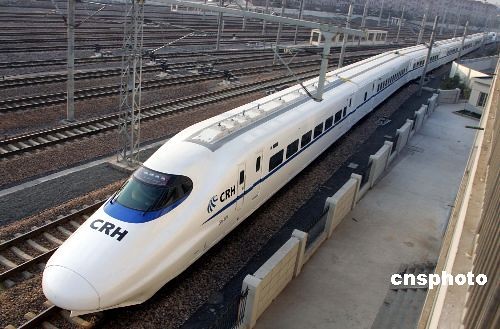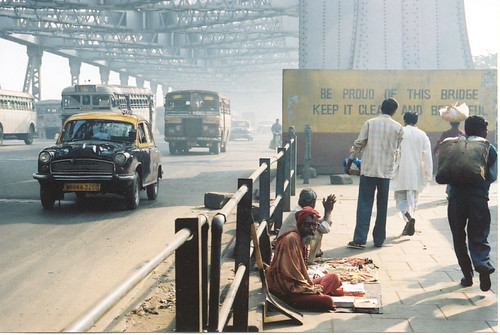Cash for Clunkers Update: $2B Additional Funding Taken from Renewable Energy Loan Guarantee Program
(Source: Green Car Congress, CNN & Streetsblog)
On Friday, President Obama signed into law H.R. 3435, which provides $2 billion FY 2009 emergency supplemental appropriations for the Consumer Assistance to Recycle and Save Program (Cash-for-Clunkers, C4C).
The additional $2 billion for the supplementary funding to keep the C4C program going is being transferred from the amount made available for Department of Energy–Energy Programs—Title 17—Innovative Technology Loan Guarantee Program in title IV of division A of the American Recovery and Reinvestment Act of 2009 (Public Law 111-5).
One of the arguments in favor of passing the bill prior to the Senate showdown, that offering $2 billion in extra “clunkers” cash would not amount to deficit spending, stems from Democratic leaders’ decision to shift the funds over from a Department of Energy (DoE) loan guarantee program.
That strategy was designed to appeal to fiscal hawks who would have a difficult time voting to add to the already trillion-dollar federal deficit. Indeed. Sen. Claire McCaskill (D-MO) already put her leaders on notice (via Twitter) that she could only vote yes on “clunkers” if no new money was spent.
But the DoE loans in question were approved to encourage the development of alternative energy and biofuels, two “green job” creators that have influential allies on Capitol Hill. Senate Energy Committee Chairman Jeff Bingaman (D-NM) is already criticizing the shift as a raid on the clean-energy pot, and Renewable Fuels Association chief Bob Dineen said he wants Congress to promptly put the $2 billion back home at the DoE:
The ethanol industry understands the trying economic times this country finds itself in and thus supports ideas like the “cash for clunkers” program, but is concerned to see the program paid for by depleting the renewable energy loan guarantee program. We hope Congress will move quickly to replenish the fund. One of the advantages of the “cash for clunkers” program is putting more fuel efficient cars on the road, however those new cars should also be running on renewable fuels like ethanol in order to benefit both the changing climate and the domestic economy. For the U.S. long term auto and fuel needs, it seems counterproductive to limit the renewable fuels industry.
We support the efforts to improve fuel efficiency, and this program is a good step. But it should not come at the expense of technologies that will lead America away from petroleum all together. We strongly encourage Congress to replace the $2 billion borrowed at the first possible opportunity.
Replenishing the DoE fund would take place in a separate vote later this year, however, making it easier for lawmakers to claim they’re not adding to the deficit with this week’s “clunkers” vote.
“It has proved to be a highly successful vehicle marketing tool,” said Tim Evans, energy analyst for Citi Futures Perspective in New York. “But you would need a microscope to see the demand impact for gasoline from this program because it involves a relatively small number of vehicles.”
The Reuters estimate assumes an average upgrade in fuel efficiency of 10 miles per gallon, which is in line with initial auto industry statistics on new trade-ins.
Click here to read the entire article.











